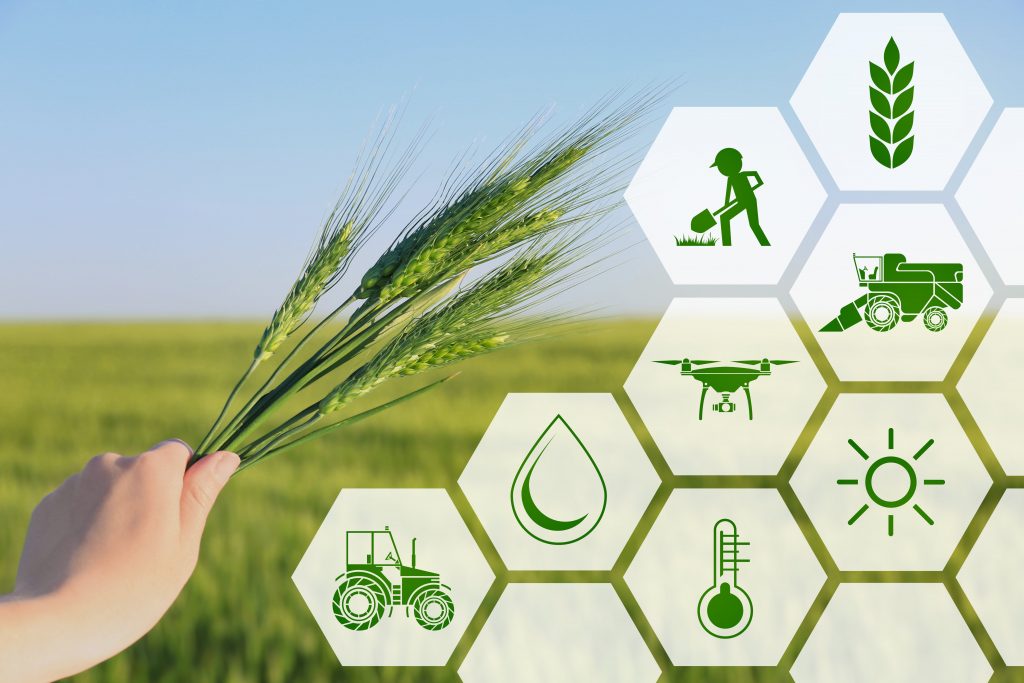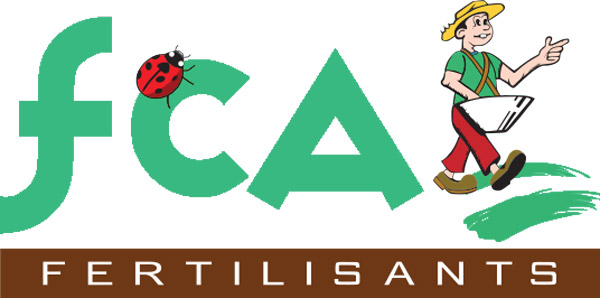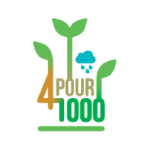In less than a century, global agricultural production has more than doubled, not only in France but also in most developed countries. The increase in agricultural yields, driven by the need from the second half of the 20th century, to feed an exponentially growing world population, was made possible by:
- The increase in areas dedicated to crops and agriculture in general.
- The increasing use of chemicals: fertilizers, soil improvers, pesticides, trace elements and biostimulants.
- The provision to farmers of increasingly efficient seeds, in terms of potential yield per hectare and behavior in the field.
- An ever more efficient mechanization, allowing mass agriculture in terms of areas cultivated on the farm, of agricultural production harvested per hectare.
The 2000s: declining yields, crises and the future?
However, in recent decades, there has been a general phenomenon of a cap on agricultural yields per hectare. And this, despite genetics (seeds) and products (fertilizers, pesticides) always more efficient.
We are talking more and more about soil fatigue, water pollution, agricultural areas and the environment in general. We also note the appearance of more or less localized climatic disturbances leading to a reduction or occasional excesses of water resources as well as extreme heat. The challenges for agriculture in the 21st century are colossal. In addition to the environmental challenges, there are 10 billion people to feed by 2050! Today, there is an urgent need to reduce the negative impact of agriculture on the environment while producing more and better.
Another approach to yield: reclaiming the soil
To do this, it is high time to return to the fundamentals of agronomy applied to crops. In one sentence: return to the notion of soil and the complex relationship that plants have with it.
Indeed, all agricultural production, ultimately resulting in a yield per hectare of a given crop, is the result of a complex alchemy between:
- soil
- its physicochemical components
- its biological activity
- its organic status
- nutrient levels
- the amount of water available on the production cycle and on the rotation.
The farmer must learn to master this whole ecosystem to get the maximum benefit from it. This requires high quantitative and qualitative agricultural yields and preservation of the state of its soil heritage.
The soil is not just a more or less inert and more or less rich growing medium, where it would suffice to provide fertilizers in appropriate doses and protect plants from diseases and pests. On the contrary, a soil is a medium teeming with biomass (bacteria, fungi, earthworms, organic matter, etc.), constantly exchanging with the plants present on the surface.
Understanding and considering the soil / plants / biomass relationship is the subject of significant research. This is fundamental for the future of yields in agriculture, the limits of chemistry having been largely reached.
Ensuring agricultural yields to meet challenges
Research and the development of agricultural techniques have enabled the race to increase yields, thereby ensuring the food sufficiency of part of the world’s population. This was done at the cost of a gradual change in the relationship between society and its farmers. The plebiscite of organic farming illustrates this and contrasts with the various health and environmental crises.
The demographic evolution of certain continents like Africa or Asia, will necessarily see increasing their consumption of cereals like rice or wheat. Could there be more cultivated land in the face of global warming, erosion and urbanization? It is likely that only international and national political decisions can allow this, which is not guaranteed.
The challenge is daunting for the coming decades: to continue to increase agricultural yields on the plots available in the world, by reducing the impact on the environment and by fighting global warming.
An existing solution acting as a common denominator everywhere on earth is possible: it is a question of changing paradigm by increasing the biological fertility of soils!







